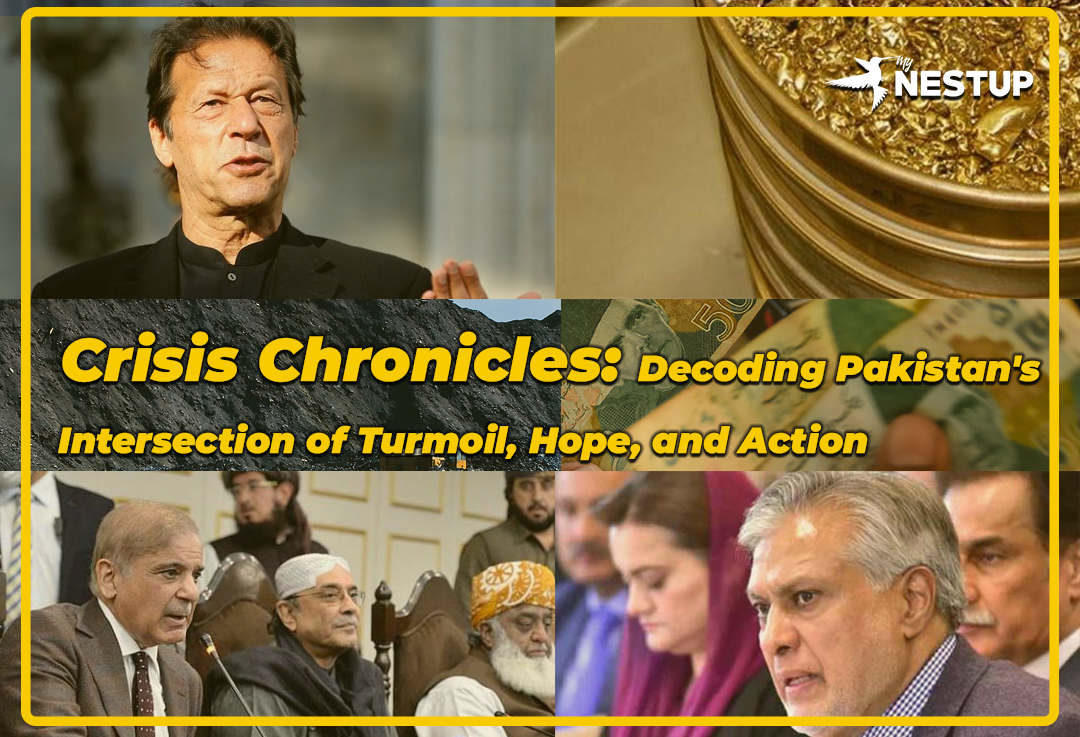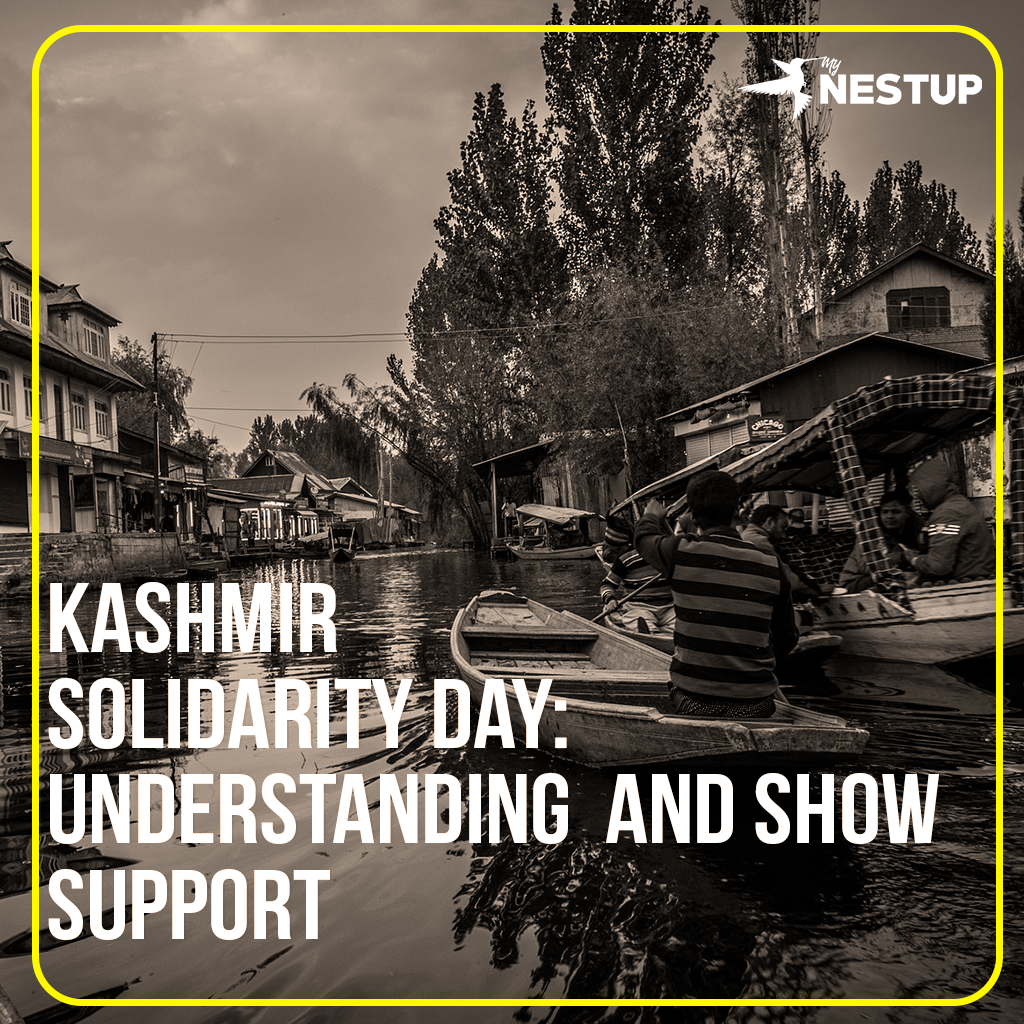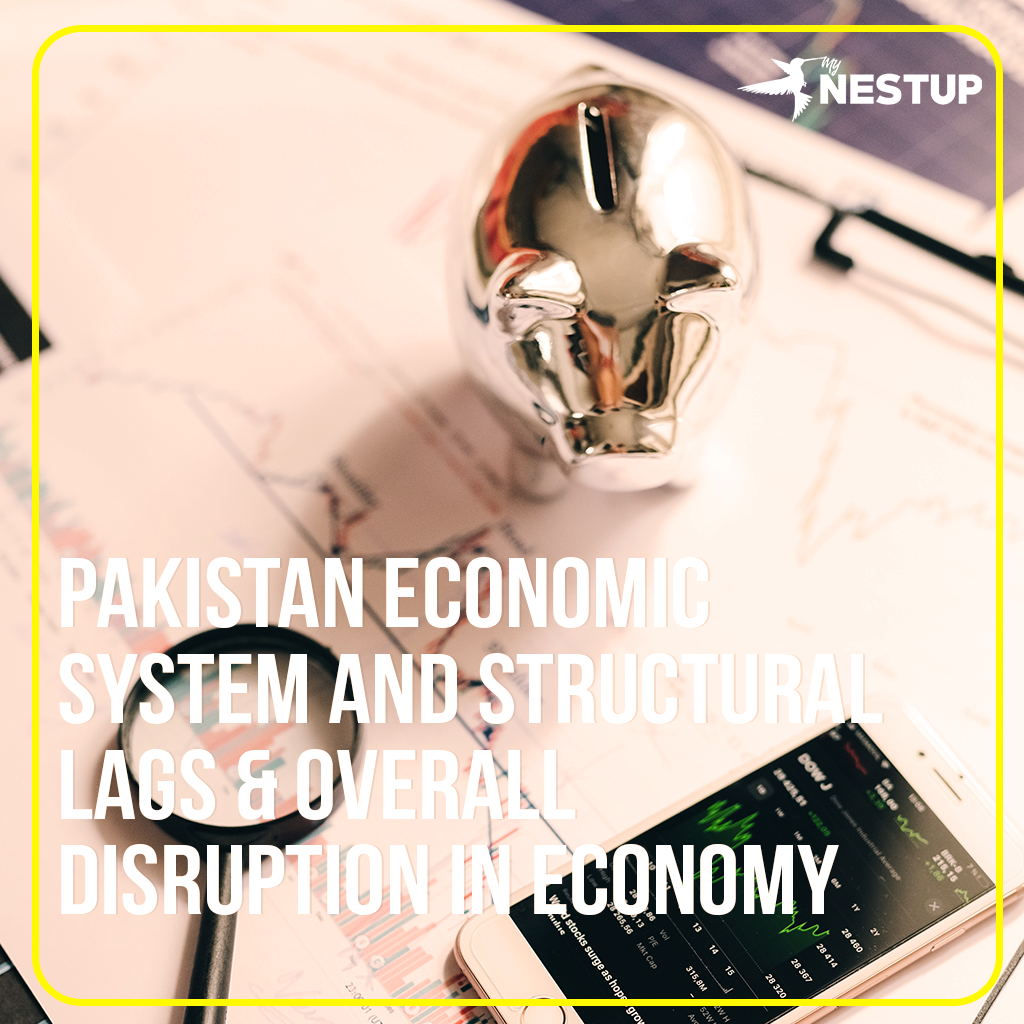In a whirlwind of events, Pakistan finds itself at a crossroads of political turmoil, economic uncertainty, and an impending environmental catastrophe. The past ten weeks have witnessed a series of dramatic developments that have shaken the nation to its core, creating a multi-faceted crisis that demands immediate attention and strategic resolution.
Transition in Military Leadership:
The most immediate and visible change came on April 11 when Imran Khan was ousted from his position as prime minister via a vote of no confidence. The lead-up to this pivotal moment was marked by high drama, intricate maneuvering, and suspense. Pakistan’s political landscape was forever altered as Shahbaz Sharif assumed leadership. However, the new government has been grappling with indecision and instability, struggling to find its footing amidst a deeply polarized society.
Political Unrest and Climate Emergency:
Khan, in response to his removal, has embarked on a nationwide campaign, rallying his supporters against the legitimacy of the new government and demanding fresh elections. This has fueled an intense polarization among the populace, resembling the deep divisions witnessed in other parts of the world.
Meanwhile, Pakistan faces another pressing crisis — an acute climate emergency. The country is in the grip of an unprecedented heatwave, further straining resources and exacerbating challenges. The political temperature is mirrored by soaring actual temperatures, adding to the complexities of an already fraught situation.
The Fall of Khan’s Government:
The unraveling of Khan’s government was marked by multiple underlying factors. While the opposition’s criticism of governance and economic failures formed the surface-level narrative, a deeper current lay in Khan’s strained relationship with the military, an institution that played a significant role in his rise to power.
The rupture in their relationship was fueled by disagreements over key appointments, most notably the transfer of the director general of the Inter Services Intelligence (ISI). This schism paved the way for the opposition to seize an opportunity to challenge Khan’s government.
Conspiracy Theories and Uncertain Alliances:
Khan’s exit from power was met with a flurry of conspiracy theories and claims. He alleged U.S. involvement in his government’s downfall, attributing it to his pursuit of an “independent foreign policy.” However, his claims were swiftly dismissed by Pakistan’s National Security Committee.
Despite the uncertainties surrounding his departure, Khan’s supporters rallied behind him, echoing his narrative of victimhood and rallying against what they perceive as the return of corrupt politicians. This narrative has deepened the chasm between his supporters and those who see his politics as divisive and dangerous.
A Nation at Odds:
The aftermath of Khan’s exit has plunged Pakistan into a state of intense polarization, reminiscent of the divisions witnessed in other parts of the world. Supporters of the new government view Khan’s departure as a democratic process, while his backers remain deeply distrustful of the establishment. The political atmosphere has become charged, with religion even becoming a weapon in the battle between factions.
As Pakistan navigates these intertwined crises, it faces the formidable task of restoring stability, ensuring economic sustainability, and addressing urgent environmental challenges. The country’s leaders must seize this moment to bridge divides, prioritize the needs of the populace, and steer the nation towards a future of resilience, unity, and sustainable growth. The journey ahead is fraught with challenges, but the fate of Pakistan hinges on its ability to overcome them.
Economic Quagmire:
Pakistan’s economy has been teetering on the brink for months, exacerbated by a relentless inflationary surge, a sharp depreciation of the rupee, and dwindling foreign reserves that now stand at a mere $4.3 billion. This alarming figure covers just a month’s worth of imports, raising unsettling possibilities of default. This recurrent economic turbulence, driven by a mismatch between production and expenditure, has plunged the nation into a perpetual cycle of reliance on external debt.
With each crisis, the debt burden mounts, and this year’s challenges have further compounded the situation. The internal political upheaval and the catastrophic floods have dealt additional blows to an already fragile economy. External factors, including global food and fuel price escalations due to geopolitical events like Russia’s conflict in Ukraine, have further contributed to the economic turmoil.
Stalled Solutions:
Despite the magnitude of the crisis, the government’s response has been limited by political wrangling and inadequate measures. Even as the release of a crucial $1.1 billion loan tranche from the International Monetary Fund (IMF) remains stalled due to Islamabad’s pushback on the IMF’s conditions, Pakistan’s leadership has resorted to temporary solutions like import restrictions and early closure of commercial establishments.
While short-term measures might stave off immediate default risks with assistance from friendly nations such as Saudi Arabia and other Gulf countries, the underlying malaise of the economy remains unaddressed. The looming challenge of repaying a staggering $73 billion by 2025 casts a shadow over Pakistan’s economic future, necessitating a fundamental shift in production-consumption dynamics to avoid a more dire default scenario down the road.
The Road Ahead:
As Pakistan grapples with its dual crises, political parties seem hesitant or unable to initiate the transformative change required. The nation stands at a crossroads, where economic stability and environmental resilience are not mutually exclusive but intertwined. The recovery from the catastrophic floods and the pursuit of sustainable economic growth must go hand in hand.
The devastating floods, which left a third of Pakistan underwater, have caused immense destruction. Over 1,700 lives were tragically lost, entire villages were submerged, homes and vital infrastructure were destroyed, and vast croplands were rendered unusable. The aftermath left millions displaced from their homes, with more than 90,000 people still seeking refuge even after four months. The Herculean task of rebuilding, recovering lost infrastructure, and restoring normalcy is further compounded by a challenging fiscal situation.
In the face of this unparalleled catastrophe, the Pakistani government, led by foreign minister Bilawal Bhutto Zardari and climate change minister Sherry Rehman, has demonstrated commendable efforts in garnering international attention and support. The government’s proactive engagement on the global stage has been crucial in highlighting the urgency of the flooding catastrophe, securing pledges of over $9 billion for flood recovery over the next three years.
One notable achievement has been the hosting of a donors’ conference in Geneva, co-hosted by Pakistan and the United Nations Secretary General Antonio Guterres. The conference galvanized support and commitments from various nations, a significant stride towards rebuilding a nation ravaged by the forces of nature. The pledged funds, though primarily in the form of project loans, signify a strong international commitment to aid Pakistan’s recovery.
Moreover, Pakistan’s stance on climate change, a pressing global concern, has underscored the nation’s leadership role in advocating for the interests of developing nations. Pakistan’s efforts to bring the issue of loss and damage to the forefront of global climate discussions, especially at COP27, exemplify its commitment to addressing broader environmental challenges.
While the pledged financial assistance offers a glimmer of hope, the journey ahead remains arduous. The path to recovery involves multifaceted challenges, including ensuring transparency, effective resource allocation, and building the capacity to implement sustainable rebuilding efforts. The nation must grapple not only with the immediate consequences of the floods but also with ongoing political unrest and financial constraints.
The new Chief of Army Staff, General Asim Munir, has the opportunity to shape the future of civil-military relations. As Pakistan navigates through its challenges, the extent to which the military’s influence is curbed and democratic governance is reinforced will determine the nation’s course. A transparent, balanced, and collaborative approach between the military and the civilian government will be essential in charting a stable and prosperous path for Pakistan.
Referenced to other sources and stories
Pakistan At a Dangerous Crossroads – Baqir Sajjad
https://www.wilsoncenter.org/blog-post/pakistan-dangerous-crossroads
Pakistan’s political crisis will deepen its economic misery – Julia Horowitz, CNN
https://edition.cnn.com/2023/05/12/economy/pakistan-political-crisis-economy-default/index.html
— Sophia Saifi contributed report of CNN.






